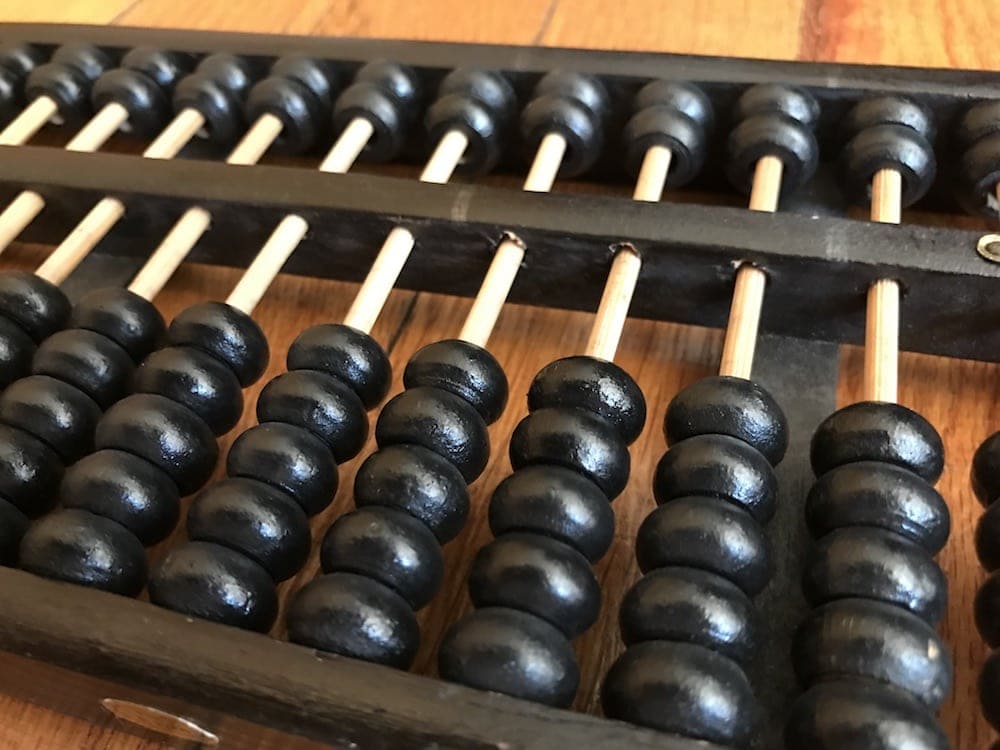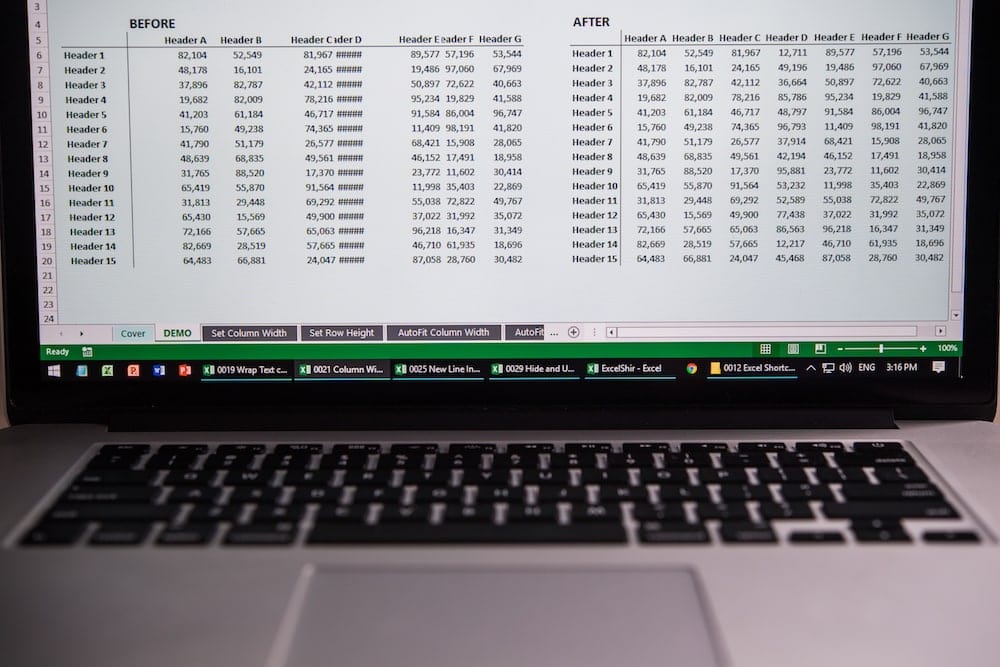When it comes to Font Type, Font Size, and Font Color, you only really notice it when it’s bad.
Fortunately, once you know these Excel Shortcuts your spreadsheets will always stay clean and consistent.
(Only valid for PC, sorry Mac users)
Download FREE Hands-On Exercises
Full Video Transcript:
I’ve gotten countless spreadsheets where the font type, the font size, the font color were inconsistent and all over the place, and I know it’s because the person who made it didn’t know how to fix it quickly. In this video, I’m going to teach you how.
When you’re talking font type, font size and font color, it’s one of those things that you only really notice it when it’s bad. So, the way to make it look good is to use these shortcuts to actually get the result that you want and make everything clean and consistent.
With a PC, the trick to all of this is to hit the ALT + H + F, so Home, Font. And then it’s either going to be F for Font, S for Font Size, or C for Font Color. All right. So, let me start that process again.
I’m going to choose, first, the cell or cells that I want. Let’s choose this one. ALT + H + F + F. Right now, it’s Calibri. That’s pretty much the default. Let’s go a little wild. Let’s go Arial, right? And now it changes the font type completely.
Or I can change the font size with ALT + H + F + S, and make this a size 14 and it’s even bigger. I can also do ALT + H + F + C and choose the color that I want this way, as well. So that is how to get that moving.
Unfortunately, there is no option to customize your keyboard shortcut on the Mac. And so, really, what you have to do is use the Home tab on the ribbon, and go ahead and change the font type here, the font size and the font color with the little A symbol, because that’s referring to a letter on the screen. Pretty groundbreaking, I know.
Some final Shir words of wisdom for you is to actually think about it this way. Right. If you have a bunch of cells that contain formulas that are actually giving you an answer, that are calculated, I recommend that you use black font. And if you’re using an input where the user has to put something in themselves, use a blue font.
I didn’t make this up. This is a convention that exists for years and years. I think it’s awesome and it makes it a lot clearer where you input the cells that are blue and you don’t touch the cells that are black.
Speaking of not touching cells, let’s touch all of these cells in the next series of exercises. You want to go through and actually match the format on the left with the format on the right.
I’ve even given you some hints on what font types to use. It’s amazing. Go through each of these and change the font type. For example, over here, ALT + H + F + F, and Arial it and enter. You don’t get that fancy drop-down if you do it that way, but it’s okay because you don’t need to see it. You’re just actually going to be doing it yourself. It’s great.
You’re going to go to Font Size, change the font size on these to match the size indicated at the bottom. Font Color, if you can even read this. I can’t. I might need new glasses. That’s fine, too. And finally, if you’re feeling really adventurous, play a game of Pac-Man, and then fill out the font challenge here to make it look exactly the correct way with the font, font size and font color all wrapped into one. And then celebrate with a little champagne.
Don’t forget to visit excelshir.com where you can download these exercises, along with other free resources such as keyboard shortcut cheat sheets for both PC and Mac.
Thanks for watching. See you next time. And share the Excel love. It’s the gift that keeps on giving.




